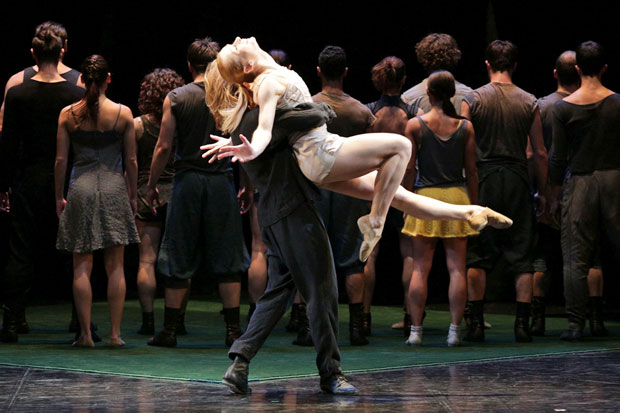
© K Mystkowski. (Click image for larger version)
Baltic Dance Theatre
Fun, Death and the Maiden, Body Master
Warsaw, Teatr Wielki
18 October 2015
www.baltyckiteatrtanca.pl
www.teatrwielki.pl
This was not the programme originally intended by the Baltic Dance Theatre’s irrepressible and charismatic artistic director, Izadora Weiss. In what has become Baltic Dance Theatre’s regular appearance at this annual dance festival, she initially planned to bring Light, her journey through the veneer of Vermeer’s famous painting of the milkmaid, opening up her imagined evil in the household where the servant is pouring that milk. But, the set was too large to be accommodated on the stage of this smaller theatre situated on the fifth floor of the enormous complex that constitutes the Polish National Opera House. And so, in a late change to the programme, a revival of her 2013 creation to Franz Schubert’s Death and the Maiden became the new centrepiece.
The immediate consequence of this revision was to break up a pair of works that have always been seen together; and also to combine (for the first time) three pieces, each taken from a separate triple bill. Divorcing the opening work, Fun, from its twin had a notable effect since it had previously utilised the same diagonal “house” wall as Light with a window through which the girls spied on the guys and a wardrobe out of which they joined them. These access points have now gone, to be replaced by a simple black wall, running along the same axis, also designed by Hanna Szymczak. It was a change that seemed to give the work a new identity, although I must say that I missed the prying faces at the window.
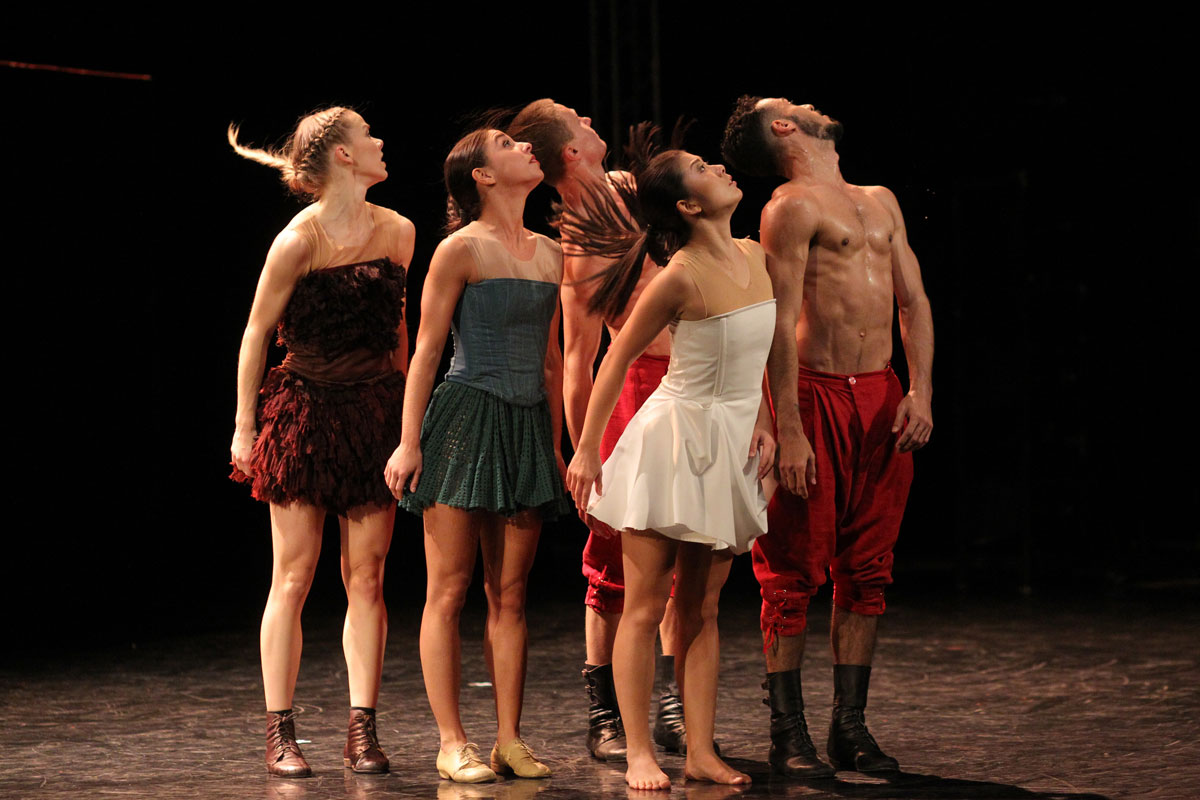
© K Mystkowski. (Click image for larger version)
This riff on the ups-and-downs of courtship and coquetry was made hastily, as a makeweight addition to last year’s Niderlandy programme, but it’s a good example of successful innovation arising from a “needs must” imperative. Created in less than a week, utilising the set already made for Light and music that Weiss had also used before – Nigel Kennedy’s interpretation of Vivaldi’s Four Seasons (here augmented by inserts from Paganini and Jordi Savali) – it joins a long list of dance theatre works improvised in a hurry that seem set to gain a lasting place in the repertoire.
Weiss’s Fun is to create a mismatch between the genders; a kind of five-into-four won’t go, with three women and two guys. In a casting twist, the three females remain the same as at the premiere last year, but the two men are different. João Paulo de Castro Franca and Oleksandr Khudimov take over these roles and are perhaps less overtly macho than their predecessors (Daniel Flores Pardo and Michal Łabuś). The girls (Tura Gómez Coll, Sayuka Haruna-Kondracka and Paulina Wojtkowska) danced superbly in unison once they got going although some individual technique seemed a little ragged – nerves, perhaps – at the outset. Julia Fischer’s recorded violin solo of Paganini’s Caprice provides the heightened emotion for a final absorbing soliloquy by Haruna-Kondracka, the odd-one-out in this comedy of the sexes, which easily steals the show.

© K Mystkowski. (Click image for larger version)
The odd thing about Weiss’s interpretation of Death and the Maiden is that death is a maiden, thus breaking with a centuries-old convention that the grim reaper is always a man. The idea of the danse macabre (or the death dance) dates back at least to the medieval age although Weiss transports the concept into some unspecified modern era, as evidenced by Szymczak’s army-style fatigues for the corps of eight men who frame the piece, providing some exhilarating ensemble dancing in the opening sections (reminiscent in many ways of the hi-octane testosterone of a work by Hofesh Shechter or the BalletBoyz). The pools of illumination in Piotr Miszkiewicz’s lighting designs heighten the atmospheric tension.

© K Mystkowski. (Click image for larger version)
One of these young men (Oscar Perez Romero) becomes both the object of death’s attention and of a young woman’s affection. The seductive power of the girl (Naya Monzon Alvarez) is no match for the guy, but when she tries to trick death it’s not an even contest! Channelling the wicked sensuality of Sigourney Weaver through a Scottish Widows-style cloak, Elźbieta Czajkowska-Klos is perhaps the sexiest notion of death since Brad Pitt rocked the reaper in Meet Joe Black? Sitting back against the side wall, legs splayed open; she observes the love interplay between these mortals before imperiously intervening to win the boy forever by ruthlessly despatching him to her eternal home.
Schubert had adapted the music for his string quartet from the eponymous song that he had written four years earlier. In the intervening period the composer learned that he had contracted syphilis and the agonised darkness of his own death sentence (he succumbed to the illness, four years later, aged only 31) is clear in the music’s urgency. These intentions are effectively conveyed through exceptional direction and choreography in Weiss’s mesmerising dance of death.

© K Mystkowski. (Click image for larger version)
In November 2014 Baltic Dance Theatre premiered two back-to-back triple bills in the company’s home city of Gdańsk, in the presence of the great modern choreographer, Jiří Kylián, under whose guidance Weiss had honed her choreographic craft. These programmes celebrated both the city’s close trading ties with the Netherlands and Weiss’s own debt to her dance mentor. While Fun had appeared in one programme, Body Master premiered in the other. It is – in my experience – the closest that Weiss has yet come to the depth of intention in Kylián choreography. I believe that the title may have two meanings: one directly relevant to the work, the other referencing the personal influence of Kylián over his most promising protégée.
Unlike Kylián, Weiss generally works from an overt storyline and her own libretto for Body Master is loosely based on the life of Gordon Craig, the English pioneer of modernist theatre who was, perhaps more famously, Isadora Duncan’s lover. The specific relevance of the puppet character at the beginning and end of the piece relates to Craig having written a cycle of puppet plays and he founded a theatre magazine entitled The Marionette. Weiss also focuses on the legend of Craig’s authoritarian manner, which made him difficult to work with.

© K Mystkowski. (Click image for larger version)
This large-scale work uses nineteen dancers, virtually the whole of the Baltic ensemble, but it is the robust, blonde pony-tailed figure of Filip Michalak who dominates as the “Craig” character. His authoritative command over the other performers eventually gives way to a fragile loss of control, being supplanted by another new leader of the pack, as Weiss painstakingly deconstructs the subtleties of discipline, leadership and empathy. Beata Giza is also impressive as Craig’s muse (or perhaps, lover) but, once again, the whole group performs with close control of harmony built from a sound collective platform of consistently solid technique and musicality. Weiss invariably creates memorable finishes to her work and this is again true in Body Master with a sentimental last scene as the puppet travels across the stage to revive Michalak’s unconscious body.
I travelled to Warsaw, slightly apprehensive about this “pick-and-mix” programme, wondering how well three works that were made for other programmes would sit together, but there was no need for any such concern. The energy, momentum and fascination transferred seamlessly from work to work, ending – as Weiss’ programmes always seem to do – on a considerable high. Downstairs in the main theatre Krzysztof Pastor’s recent production of Casanova was being reprised (how I wish I could have stayed a couple more days) and the director of the Polish National Ballet quickly rushed from his own show to take in Body Master. It was a mark of respect that shows how the reputation of this five-year-old company and its resident choreographer/director is steadily growing.
The Baltic Dance Theatre has never previously performed in the United Kingdom but the company will be bringing its new production of Phedre (to music by Mahler) to The Place on 26 November 2015 as part of the dance gala to celebrate the centenary of the British Spanish Society. Tickets are available through the website of the British Spanish Society.












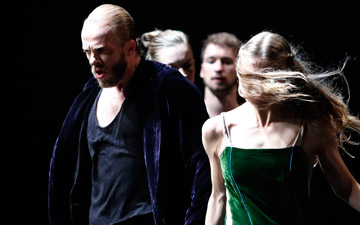

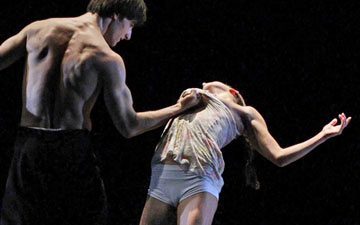

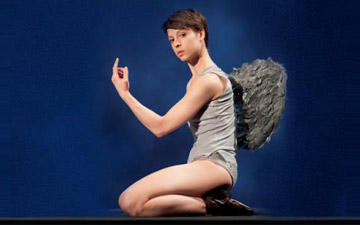
You must be logged in to post a comment.